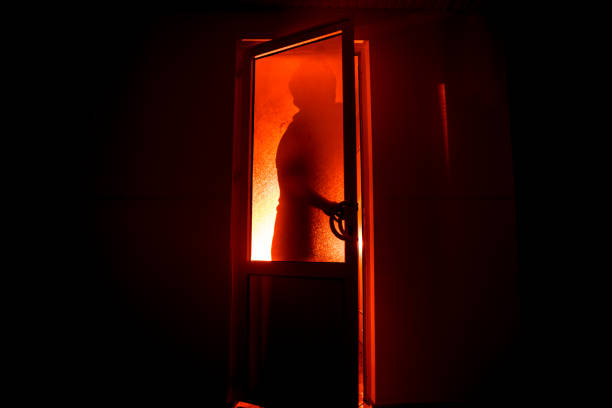Sometimes a metaphor can aid recovery

Sometimes a metaphor can aid recovery
There’s nothing easy about recovery. Challenges come up every day. Skills develop over time. Insights are often slow and murky. As a therapist who specialized in the treatment of individuals diagnosed with eating disorders, I learned that people find their way to recovery via their unique and often obstacle-filled path. Sometimes a metaphor can aid recovery.
“How do you feel about that?”
One metaphor that I have used, involves pairing getting-to-know oneself and one’s feelings by envisioning the experience of entering a darkened room. Think of what it might be like if you find yourself in a room which is completely dark and completely new to you. You are probably frightened, very uncomfortable, and in a location you’d like to exit quickly. Perhaps you’ve found yourself in this metaphoric place when sitting with a therapist who asks you, “How do you feel about that?”
As with the darkened room, you’re being asked to spend time in this unfamiliar “place.” When you have been in an unlit area, after a short time, you find your vision makes some useful adjustments to the available light and you can begin to discern shapes. These shapes initially simply suggest objects. With more time, these objects become more defined. Gradually, the height and bulk of one may connect to the shape of a desk. With some logic and more vision shifts, you recognize that what is next to the desk is a chair. Little by little, you identify more of the items in this room and notice a growing sense of ease within. Things that were unknown, now have names and no longer charge the air with anxiety. As you continue to spend more time in this room, you notice you’re able to walk around with increasing comfort and reach out and touch what’s around you to confirm your impressions. Much to your surprise, the next time you find yourself in this same darkened room, you find you settle in it more quickly and, perhaps, with an eagerness to “see” what else is there.
I encourage you to take the above paragraph and superimpose it on that famous therapeutic question, “How do you feel about that?”
Step 1: Remind yourself it’s okay to be uncertain and leery about the unfamiliar places that reside within you. Be kind and gentle as you adjust to your darkened room.
Step 2: Breathe. Take some breaths while you support yourself in exploring this territory. You will begin to notice “stuff” you hadn’t noticed before. The “stuff” may be memories, may be images, may be a sense of something. This is when staying curious comes in handy so that you can make those “light” adjustments.
Step 3: Finding language. Emotions are abstract and putting a name to concretize feeling states takes practice. Stay where you are inside and see what words come up. In the dark room, your first take of a shape may be of a sofa, but with more time you realize this lower, longer object is a desk. In your personal space, you may “see” dread, but with more time and language, this fear may actually be anger.
Step 4: Sit with it. Allow yourself to spend time with a state you may not have come upon before. If you need help staying “with it,” let your therapist or trusted other know. There’s rich material waiting for your readiness here.
Step 5: Consider writing in a journal or diary. Developing words that fit your feeling states can not only provide insight, but offer a sense of identification control that can cue recovery skills.
And, come back again to this special, remarkable, exclusive-to-you place. Hopefully, you will settle in more quickly and continue to discover all the distinctive elements that come together to make you, you.





